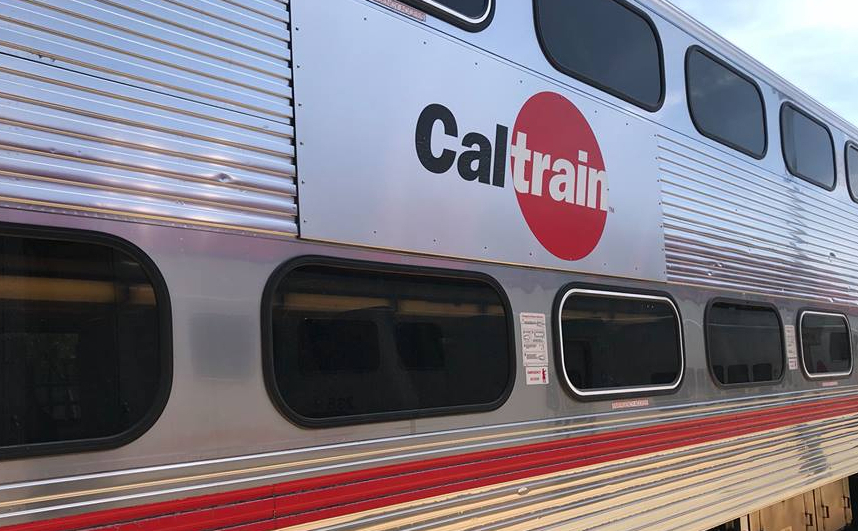With ticket sales down by over 95 percent due to the COVID-19 pandemic, Caltrain is facing a devastating and uncertain future that may require a change in how the transit service is funded.
Even when the shelter-in-place orders end, the transit agency anticipates a future of fewer passengers per train, in part due to the need to promote social distancing and also because commuters nervous about riding in trains may choose other forms of transportation.
That likely won’t be sustainable for Caltrain, which currently gets 70 percent of its revenue from ticket sales. The transit agency has no dedicated source of funding and limited reserves.
Caltrain’s significant reductions in service during the shelter-in-place period have not produced enough savings to financially sustain the railroad, the transit agency’s staff said during a Board of Directors meeting last week. In March, the transit agency lost $3.3 million in revenue, and from April to June additional losses of $21.3 million are anticipated, the transit agency said. A $1 million budget deficit that was anticipated for the remainder of this fiscal year is now closer to an $11 million deficit. If service continued to run at these crisis levels, the annual deficit would be about $71 million, the transit agency said.
The COVID-19 pandemic struck at a time when Caltrain was planning for a future of vastly increased service. Building upon over a decade ridership growth, the Caltrain Business Plan’s 2040 Service Vision was approved by the agency’s Board last October with the aim of nearly tripling daily ridership to 180,000.
Today, the transit agency has shifted into triage and survival mode. Caltrain secured $49.3 million in federal CARES Funding to sustain the railroad in the very near term. But continued ridership constraints have the transit agency anticipating financial crisis through Fiscal Year 2021 and beyond. Agency staff said there is a need to reexamine Caltain’s funding structure in the long-term.
Caltrain staff is developing an initial opening plan for when the shelter in place is lifted and working to secure additional federal CARES funding. Meanwhile, it’s continuing to work on a possible sales tax ballot measure, as permitted by the signing of Senate Bill 797 in 2017. Ongoing electrification of the railroad continues, as well as the long-range plan. The agency aims to engage with local, regional, state and private sector partners in discussions about the system’s financial needs.






